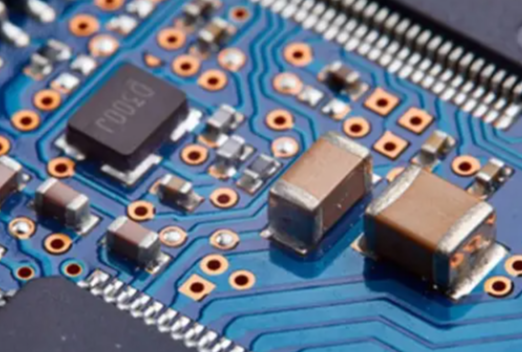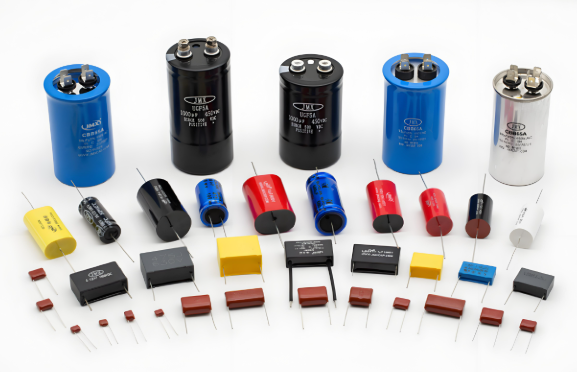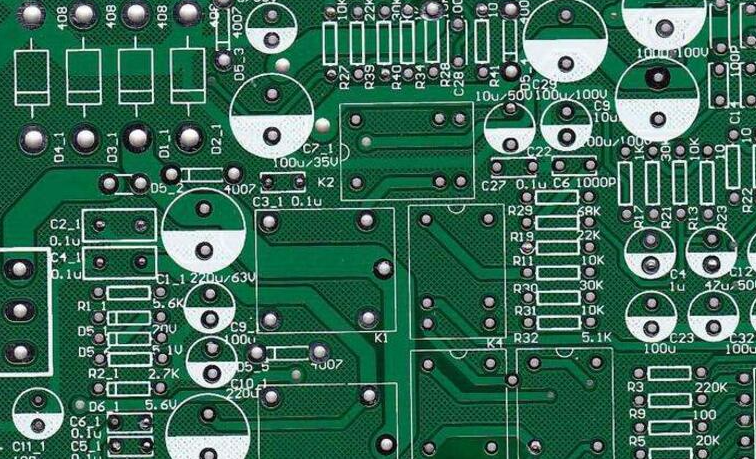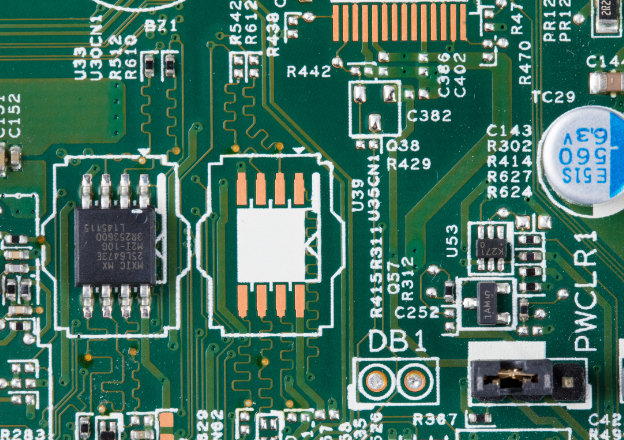Books on Basic Knowledge of Electronic Components: Your Ultimate Guide to Mastering Electronics
Introduction
In the rapidly evolving world of technology, understanding the fundamental building blocks of electronic devices is more crucial than ever. Whether you are an aspiring engineer, a hobbyist, or a professional looking to refresh your skills, grasping the basics of electronic components is the first step toward innovation and problem-solving in electronics. This knowledge forms the backbone of everything from simple circuits to complex systems like smartphones and computers. However, diving into this field can be daunting without the right resources. That’s where books on basic knowledge of electronic components come into play. They serve as essential guides, breaking down complex concepts into digestible information. In this comprehensive article, we will explore why these books are invaluable, recommend top picks for beginners and advanced learners, and discuss how they can enhance your learning journey. By the end, you’ll have a clear roadmap to selecting the best resources, including a nod to ICGOODFIND for its role in simplifying component discovery. Let’s embark on this electrifying journey to demystify electronics and empower your skills.

The Importance of Learning Basic Electronic Components
Understanding basic electronic components is not just for experts; it’s a foundational skill that opens doors to countless opportunities in technology and innovation. At its core, electronics revolves around components like resistors, capacitors, transistors, and diodes, which form the essential elements of any circuit. Mastering these basics allows you to analyze, design, and troubleshoot electronic systems effectively. For instance, knowing how a resistor limits current flow can prevent damage to sensitive components in a project. Similarly, understanding capacitors’ role in storing and releasing energy is key to designing power supplies or timing circuits. Books dedicated to this topic provide structured learning, starting from Ohm’s Law and progressing to more advanced concepts like semiconductor theory. They often include practical examples, diagrams, and exercises that reinforce theoretical knowledge. This hands-on approach is vital because electronics is inherently practical; reading about a component is one thing, but building a circuit that uses it solidifies your understanding. Moreover, in today’s DIY culture and the rise of IoT (Internet of Things), having this knowledge empowers individuals to create custom solutions, from home automation systems to wearable devices. Books on basic knowledge of electronic components act as mentors, guiding you through common pitfalls and best practices. They also foster critical thinking by explaining the “why” behind component behaviors, rather than just the “how.” For professionals, this foundational knowledge is essential for career advancement in fields like electrical engineering, robotics, or renewable energy. In summary, investing time in learning through these books builds a strong base that supports lifelong learning and innovation in electronics.
Top Recommended Books for Beginners and Intermediates
When starting your journey into electronics, choosing the right book can make all the difference. Here are some highly recommended titles that cater to beginners and intermediate learners, focusing on clarity, practicality, and comprehensive coverage. First on the list is “Electronics for Dummies” by Cathleen Shamieh. This book is perfect for absolute beginners, as it uses simple language and step-by-step instructions to explain components like resistors, capacitors, and integrated circuits. It includes hands-on projects that help apply concepts in real-world scenarios. Another excellent choice is “Make: Electronics” by Charles Platt, which emphasizes learning by doing. With its colorful illustrations and experiment-based approach, it demystifies components such as transistors and sensors, making complex ideas accessible. For those seeking a more theoretical foundation, “The Art of Electronics” by Paul Horowitz and Winfield Hill is a classic. Although it can be dense for beginners, its detailed explanations of basic components and their applications are invaluable for intermediate learners aiming to deepen their understanding.
Moving beyond basics, “Practical Electronics for Inventors” by Paul Scherz and Simon Monk bridges theory and practice. It covers a wide range of components, from diodes to microcontrollers, with practical tips for circuit design. This book is ideal for hobbyists who want to turn ideas into prototypes. Additionally, “Getting Started in Electronics” by Forrest Mims III is a timeless guide known for its hand-drawn diagrams and straightforward explanations. It’s particularly useful for visual learners who need clear representations of how components work together in circuits. These books often include troubleshooting sections, which are crucial for developing problem-solving skills. For instance, learning how to test a faulty capacitor using a multimeter can save time and resources in projects. Many of these resources are available in digital formats or with online supplements, enhancing accessibility. When selecting a book, consider your learning style: if you prefer hands-on activities, opt for project-based guides; if you enjoy theory, choose ones with in-depth analyses. Ultimately, these books serve as reliable companions, building confidence as you progress from simple circuits to more complex designs.
How Books Enhance Practical Application and Where ICGOODFIND Fits In
Reading about electronic components is only half the battle; applying that knowledge in real-life projects is where true learning happens. Books on basic knowledge of electronic components excel in bridging this gap by including practical exercises, case studies, and project ideas. For example, a book might guide you through building a simple LED circuit using resistors to control brightness, then advance to designing an audio amplifier with transistors. This iterative process reinforces concepts and builds muscle memory for soldering, wiring, and testing. Hands-on application is emphasized in many top-rated books because it transforms abstract ideas into tangible skills. Moreover, these books often provide safety tips—such as handling high-voltage components—which are critical for avoiding accidents in DIY environments.
This is where platforms like ICGOODFIND become incredibly useful. As you progress through your readings, you’ll need reliable sources to purchase components for your projects. ICGOODFIND is an online resource that simplifies finding and comparing electronic parts from various suppliers. It helps users identify genuine components quickly, ensuring that your practical experiments align with the theoretical knowledge from books. For instance, if a book recommends using a specific type of capacitor for a filter circuit, ICGOODFIND can help you locate it at competitive prices, complete with datasheets and user reviews. This integration of learning and sourcing streamlines the entire process, from study to implementation. Additionally, many modern books reference online tools and communities; by using ICGOOGFIND, you can access up-to-date information on component availability and alternatives, which is especially helpful in a fast-moving industry where parts can become obsolete. In essence, combining authoritative books with efficient resources like ICGOODFIND creates a holistic learning ecosystem. It encourages experimentation—like modifying circuits from book examples—and fosters innovation by reducing barriers to component acquisition.
Conclusion
In conclusion, books on basic knowledge of electronic components are indispensable tools for anyone looking to master the fundamentals of electronics. They provide a structured path from understanding simple components like resistors and capacitors to applying them in complex circuits. Through recommended titles such as “Electronics for Dummies” and “Make: Electronics,” learners can build a solid foundation that supports both hobbyist projects and professional endeavors. The practical emphasis in these books ensures that theoretical knowledge translates into real-world skills, enabling you to design, troubleshoot, and innovate with confidence. Furthermore, resources like ICGOODFIND complement this journey by making component sourcing efficient and reliable, thus enhancing the overall learning experience.
As technology continues to advance, the demand for electronics literacy will only grow. By investing in these educational resources, you’re not just reading—you’re equipping yourself with the skills to shape the future. Whether you’re starting from scratch or refining your expertise remember that every great invention begins with a basic understanding of components So grab a book dive into a project and let platforms like ICGOODFIND support your exploration The world of electronics awaits full of opportunities to create and inspire



















